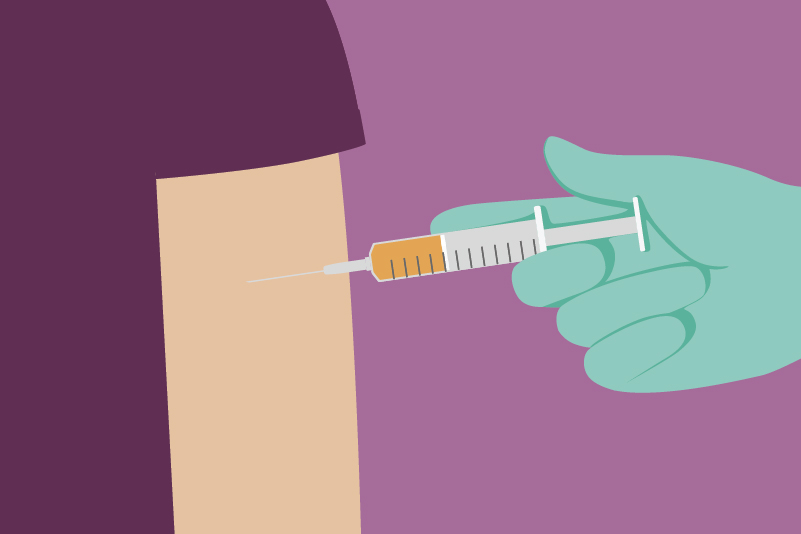#48 Steroid Injections & Lateral Epicondylitis (Tennis Elbow) – What is the Evidence?

Reading Tools for Practice Article can earn you MainPro+ Credits
Join NowAlready a CFPCLearn Member? Log in
- At three weeks: Corticosteroid injections significantly reduced symptoms compared to physiotherapy or wait-and-see, Number Needed to Treat (NNT)=2.
- By 52 weeks: Corticosteroids injections had significantly worse outcomes, Number Needed to Harm (NNH)=4.
- Recurrences significantly worse in corticosteroid injections group (72%) versus physiotherapy (8%) or wait-and-see (9%).
- At four weeks: Steroid or steroid/physio much improved or better in 68-71% while physiotherapy was 39% and placebo was 10%.
- At 52 weeks: Steroid or steroid/physio much improved or better in 82-84% while physiotherapy was 100% and placebo was 93%.
- Recurrence: Steroid or steroid/physio was 54-55% while physiotherapy was 5% and placebo was 20%.
- 3-7 weeks: Corticosteroid injections significantly improved pain and function over no intervention or NSAIDs (inconsistent evidence for physical therapy).
- 26 weeks and one year: Corticosteroid injections significantly less effective than no intervention.
- Magnitude of these findings is difficult to determine due to heterogeneity and differences in reporting among trials.
- Other systematic reviews7 and evidence-based reviews8 also report corticosteroid injections are helpful in short-term but are no better or worse in the long-term.
- The natural history of epicondylitis is that 83%9 to 90%1 will heal within a year with a simple wait-and-see approach.
- In high-quality studies of varying primary care populations, response to steroids and other treatments is very consistent at one, six, and 12 months.10















This actually makes sense. Steroids are effective at reducing inflammation however they are so effective that the patient continues to do whatever activity they did to aggregate the pain to flare it. Unfortunately the steroid decreases the healing ability at the same time. It’s important to tell the patient to wear a tennis elbow brace to change the fulcrum of stress when they engage in the precipitating action